Discover the repoussé technique, an ancient metalworking method that creates unique relief designs. Used since...
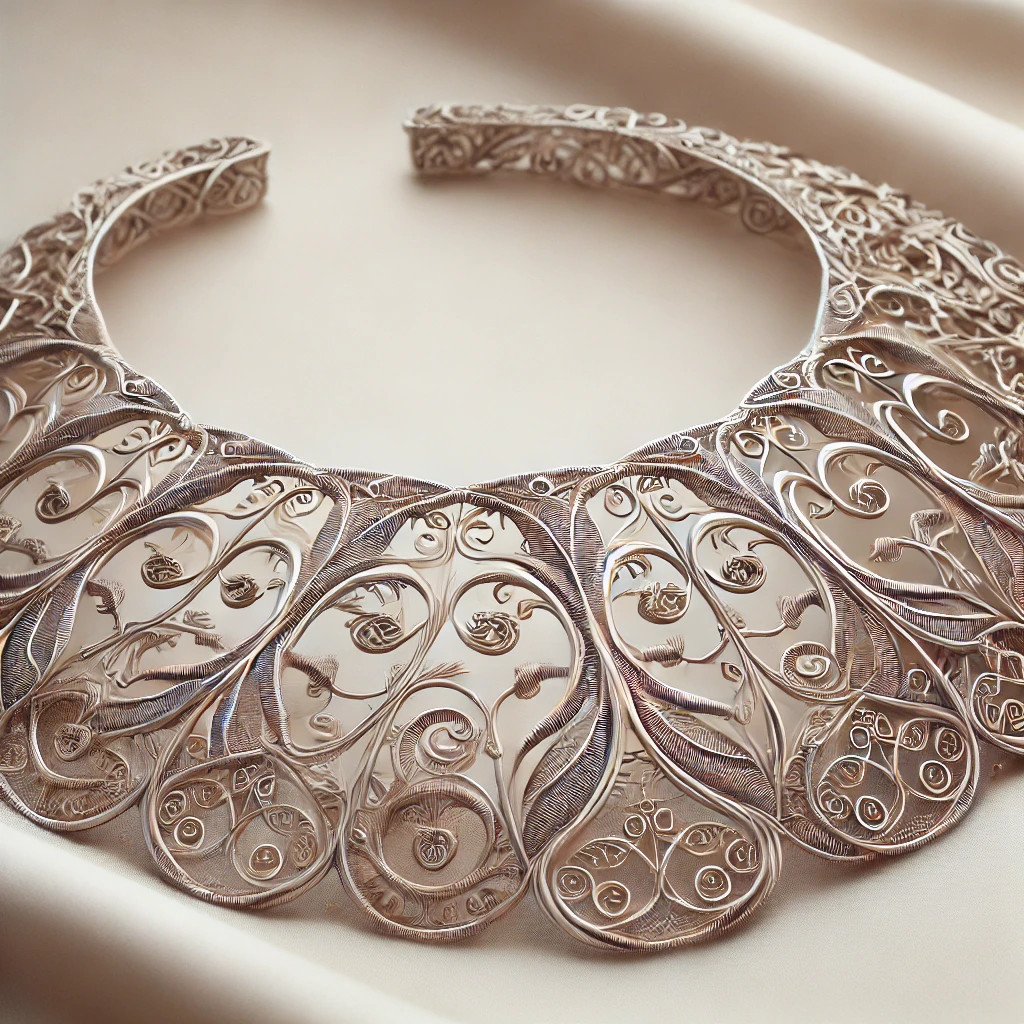
Filigree Techniques in Jewelry
Filigree Techniques in Jewelry: The Art of Delicacy and Refinement
Filigree is one of the oldest and most sophisticated techniques in jewelry-making. It involves twisting and weaving extremely fine metal wires to create delicate and elegant patterns, often inspired by nature or geometric shapes. In this article, we explore the origins, methods, and applications of the filigree technique in jewelry.
Origins and History of Filigree
Filigree has ancient origins, dating back more than 3,000 years, with traces found in Mesopotamia, Egypt, and ancient Greece. Etruscan and Roman artisans also used this technique to create jewelry with complex designs. Later, in the Middle Ages and during the Renaissance, filigree spread across Europe, becoming popular in Italy, Spain, and Portugal, where it was perfected and enriched.
The art of filigree spread worldwide, with each culture developing its own styles and motifs. Today, it remains valued for its timeless beauty and the precision it requires.
The Main Filigree Techniques
Filigree work primarily involves manipulating metal wires, typically gold or silver, which are twisted, shaped, and soldered to form intricate designs. Here are the main techniques used:
-
Openwork Filigree
In this method, the wires are soldered to each other without a base, creating openwork patterns through which air and light pass. This gives the piece a delicate, airy look. -
Grounded Filigree
Here, the wires are applied to a thin metal plate that serves as a background. This technique adds solidity to the patterns while creating contrast between the background and the decorative wires. -
Twisted Filigree
This technique involves twisting the wires before shaping them, adding texture and depth to the jewelry. The patterns are often more voluminous and detailed. -
Granulated Filigree
This variation incorporates tiny metal beads (granulation) placed between the wires to add texture and sparkle to the design. It’s a technique especially used in ethnic jewelry. -
Bezel Filigree
Filigree can also be used to encircle gemstones in settings. This technique creates a decorative effect around the stones, enhancing their brilliance and adding a unique detail.
The Process of Creating Filigree Jewelry
Creating a filigree piece requires meticulous skill and involves several steps:
-
Preparing the Wires: Metal wires are stretched until they reach an extreme fineness, and are often twisted or coiled according to the desired design.
-
Designing the Pattern: The pattern is sketched, either directly on the metal or on a temporary base. This step is essential, as it defines the shape and style of the piece.
-
Assembling the Wires: The wires are positioned on the base or soldered together to bring the pattern to life. This requires high precision and a steady hand to ensure each wire is correctly placed.
-
Fine Soldering: The jeweler carefully solders the wires at the joints using a torch. Heat is applied precisely to avoid distorting the delicate patterns.
-
Finishing: The jewelry is polished and cleaned to reveal the metal’s shine and the finesse of the work. Sometimes a patina is added to highlight the patterns or give a vintage appearance.
Applications of Filigree in Modern Jewelry
Filigree is used in many types of modern jewelry, blending ancient techniques with contemporary styles. Here are some examples of pieces where filigree is especially appreciated:
-
Filigree Rings: Filigree rings, often decorated with floral or geometric motifs, offer a vintage and romantic look.
-
Pendants and Lockets: Filigree pendants, sometimes adorned with gemstones, are very popular for their light, airy appearance.
-
Earrings: Filigree earrings, often in teardrop or circular shapes, catch the light and add a touch of sophistication.
-
Bracelets: Filigree bracelets, especially wide ones, are true works of art that delicately enhance the wrist.
The Advantages of Filigree in Jewelry-Making
Filigree offers several advantages in jewelry-making, which explains why this technique remains so popular:
-
Lightness: Filigree jewelry is lightweight and comfortable to wear, despite the complexity of its patterns.
-
Elegance and Delicacy: Filigree brings a touch of sophistication and fineness that draws the eye, perfect for creations with a timeless look.
-
Versatility: This technique can be adapted to numerous styles, from ethnic to contemporary jewelry, as well as vintage-inspired creations.
Conclusion
Filigree is a jewelry-making technique that combines tradition and refinement, allowing artisans to create unique and captivating pieces. Whether for a subtle look or a spectacular effect, filigree adds a touch of elegance to each piece, inspiring admiration and reflecting the skill of the artisan. Its complexity and beauty make it a preferred choice for lovers of fine, detailed jewelry.
By understanding the different filigree techniques and their history, jewelry enthusiasts can further appreciate the precision and artistry behind each piece. Filigree embodies the perfect link between traditional jewelry-making and contemporary creativity, making each piece a timeless treasure.

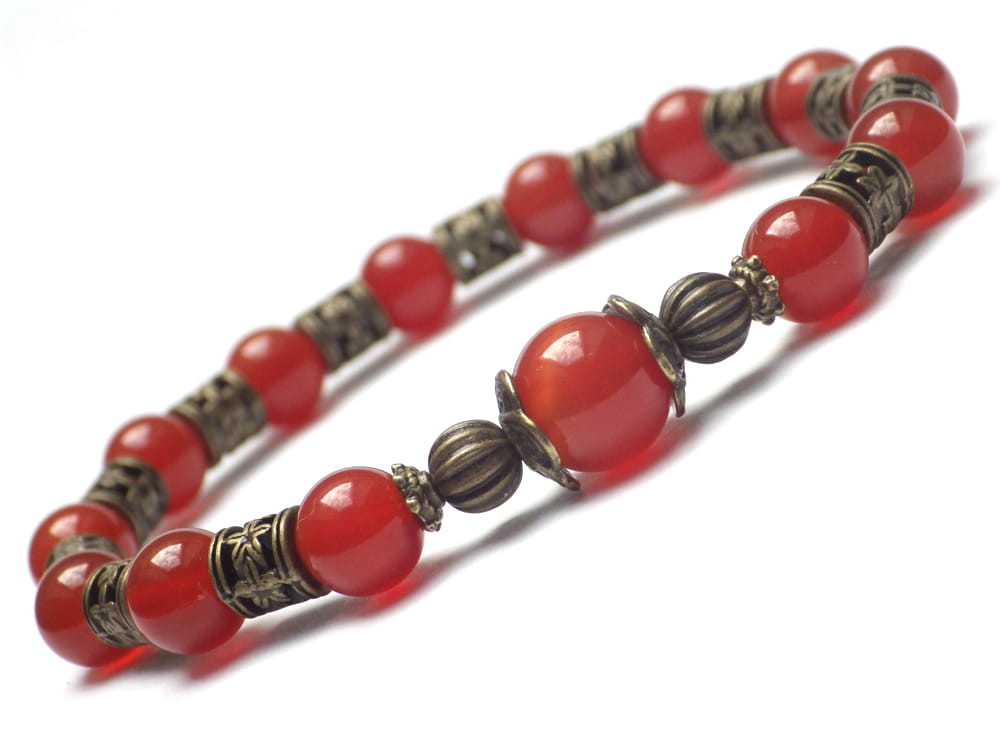
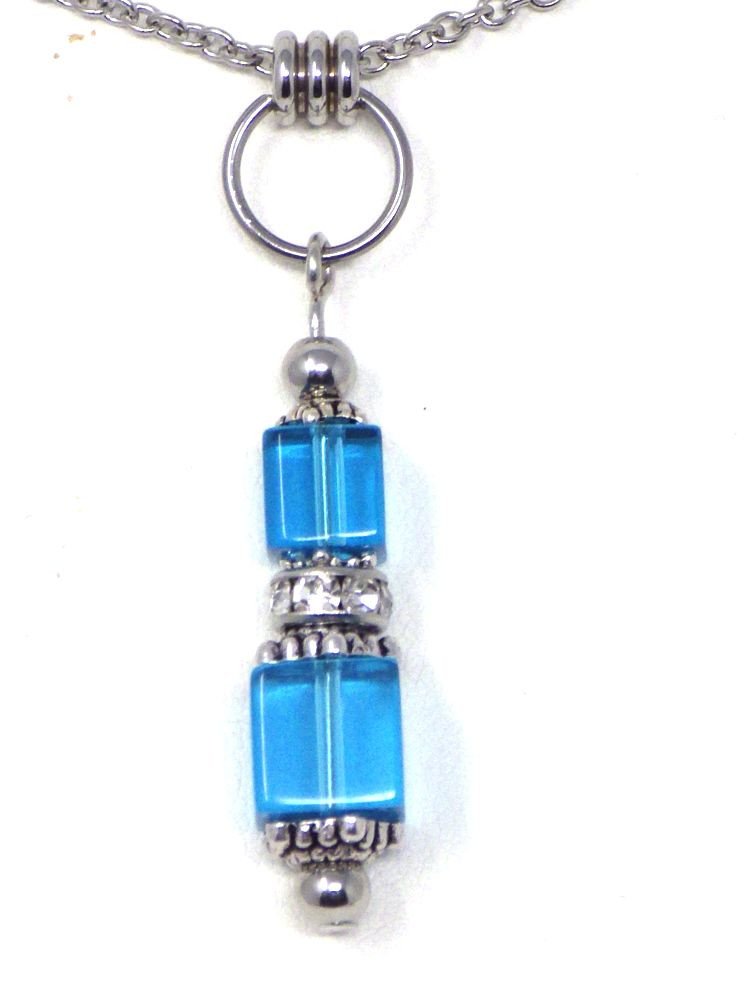
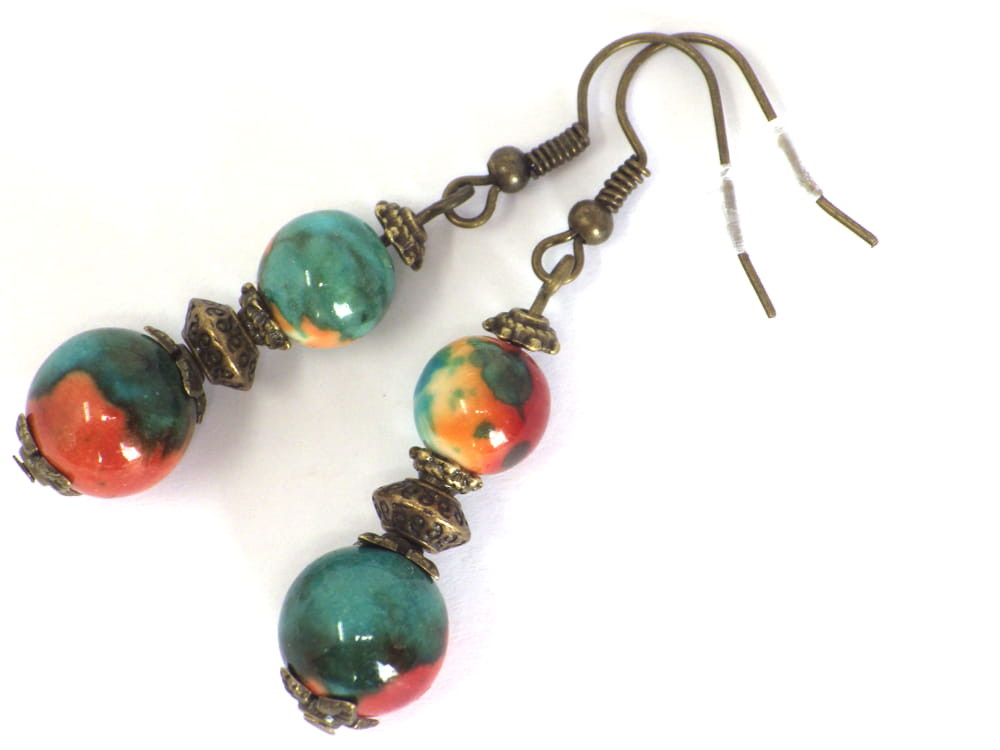

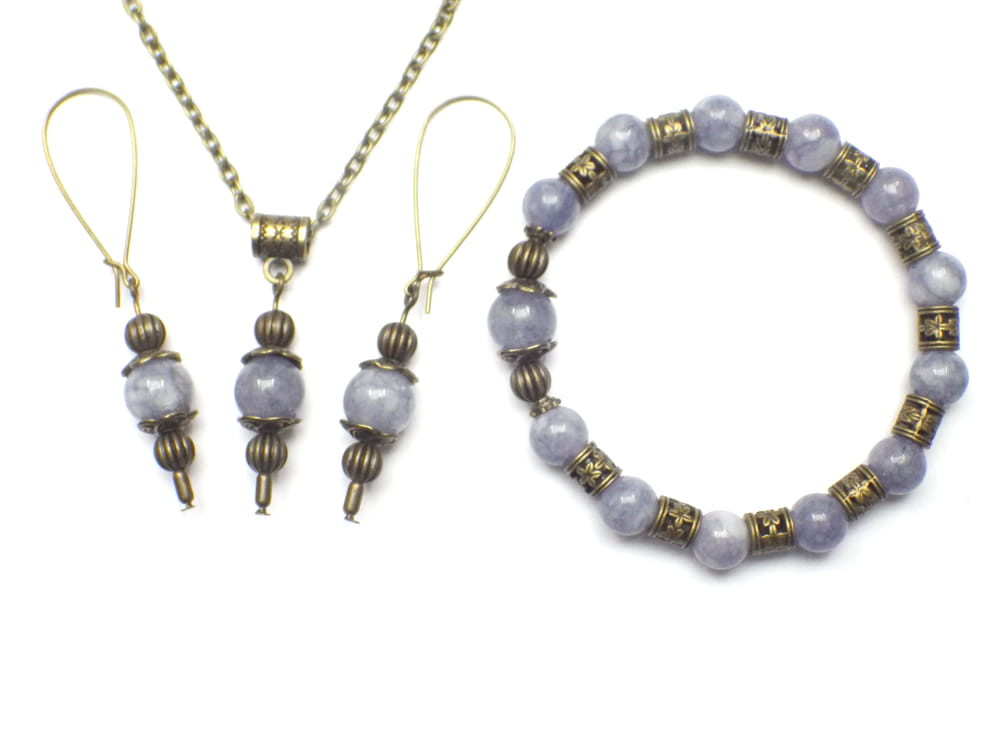
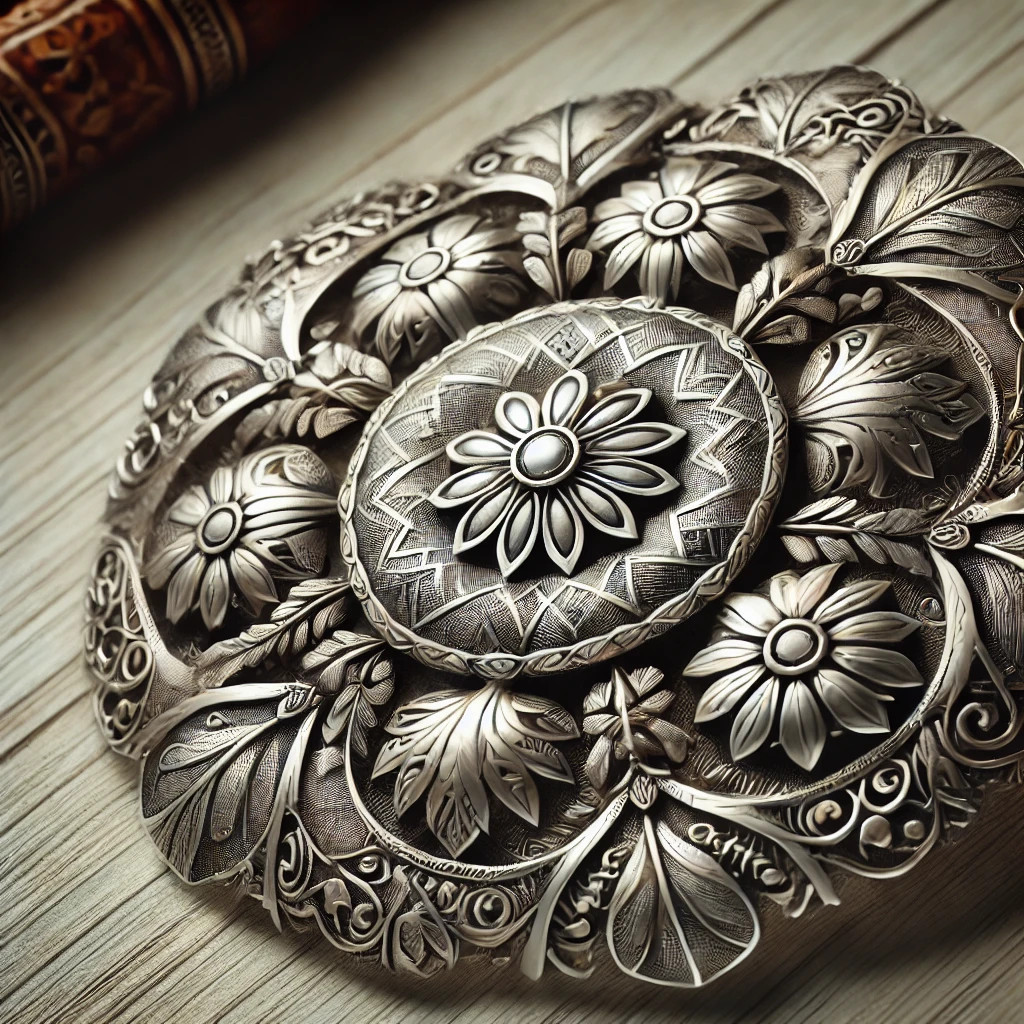
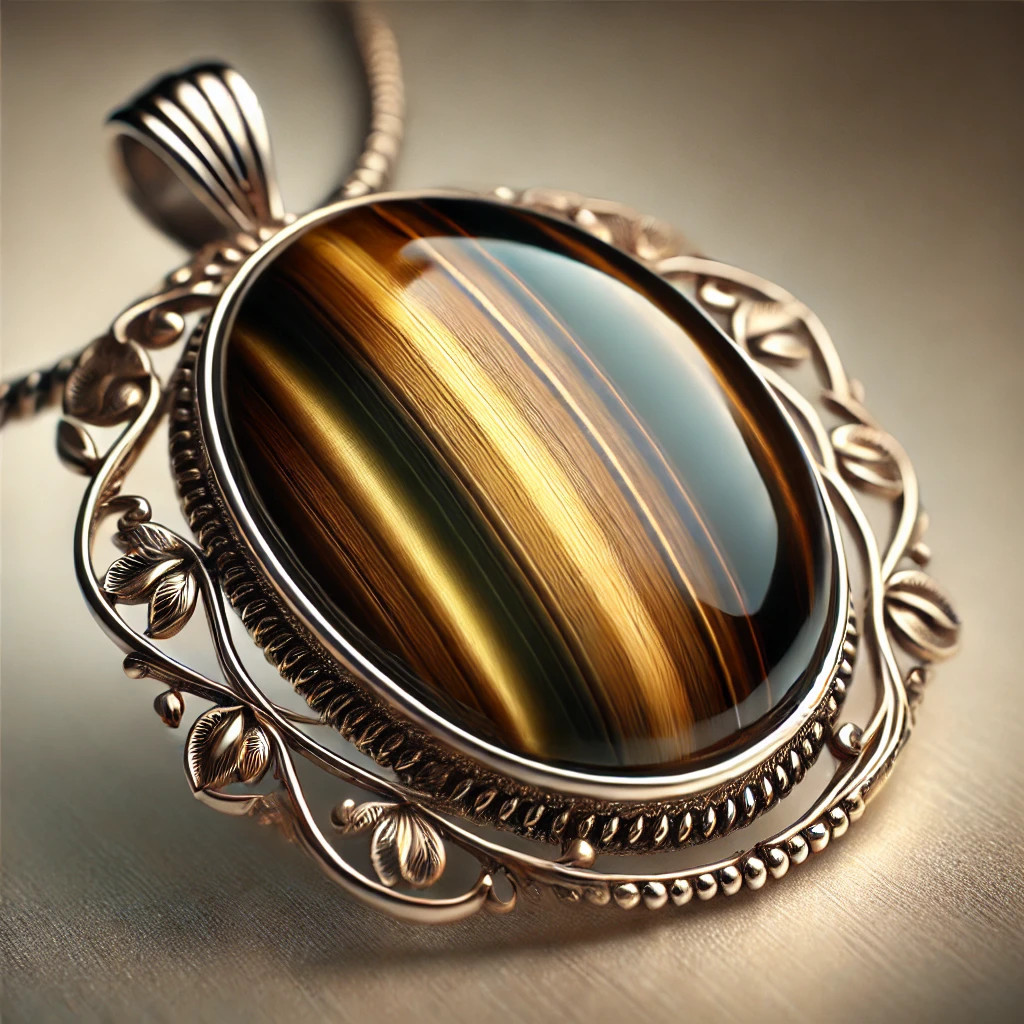
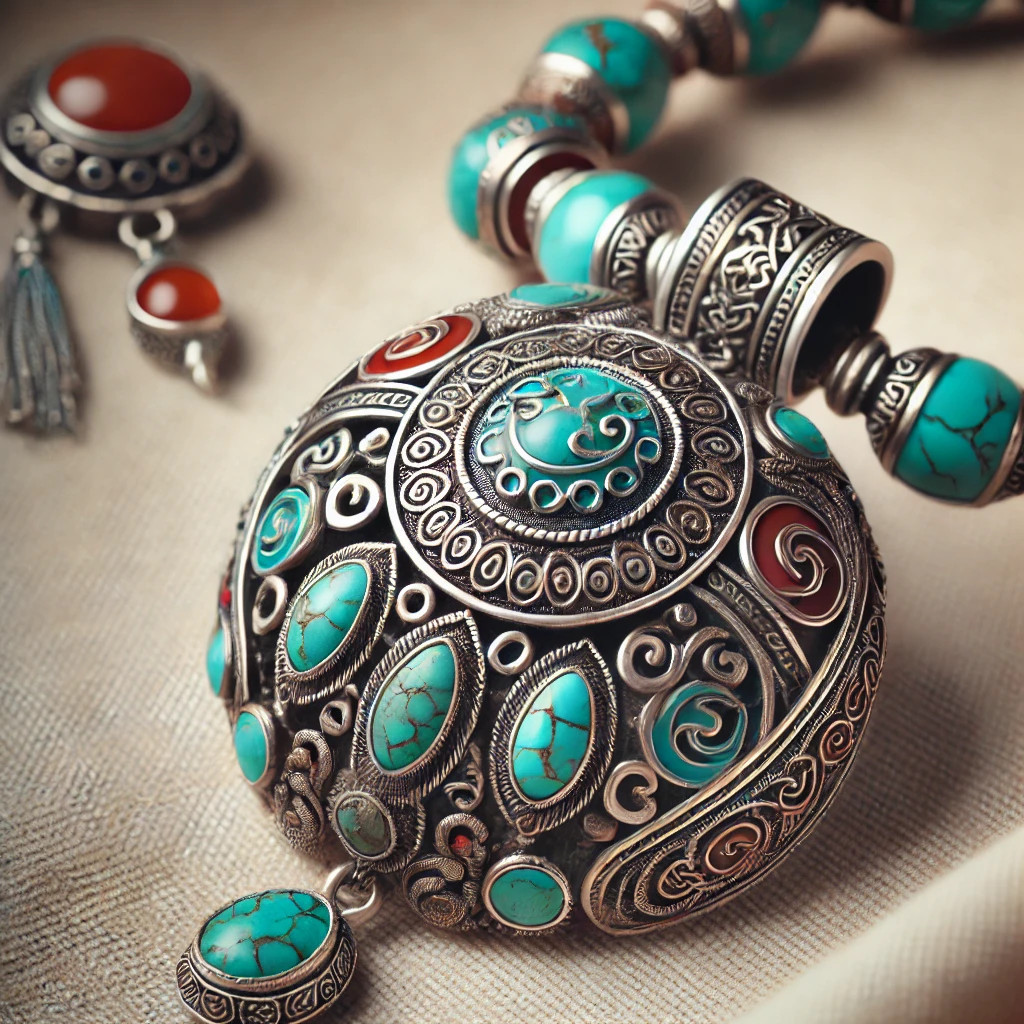
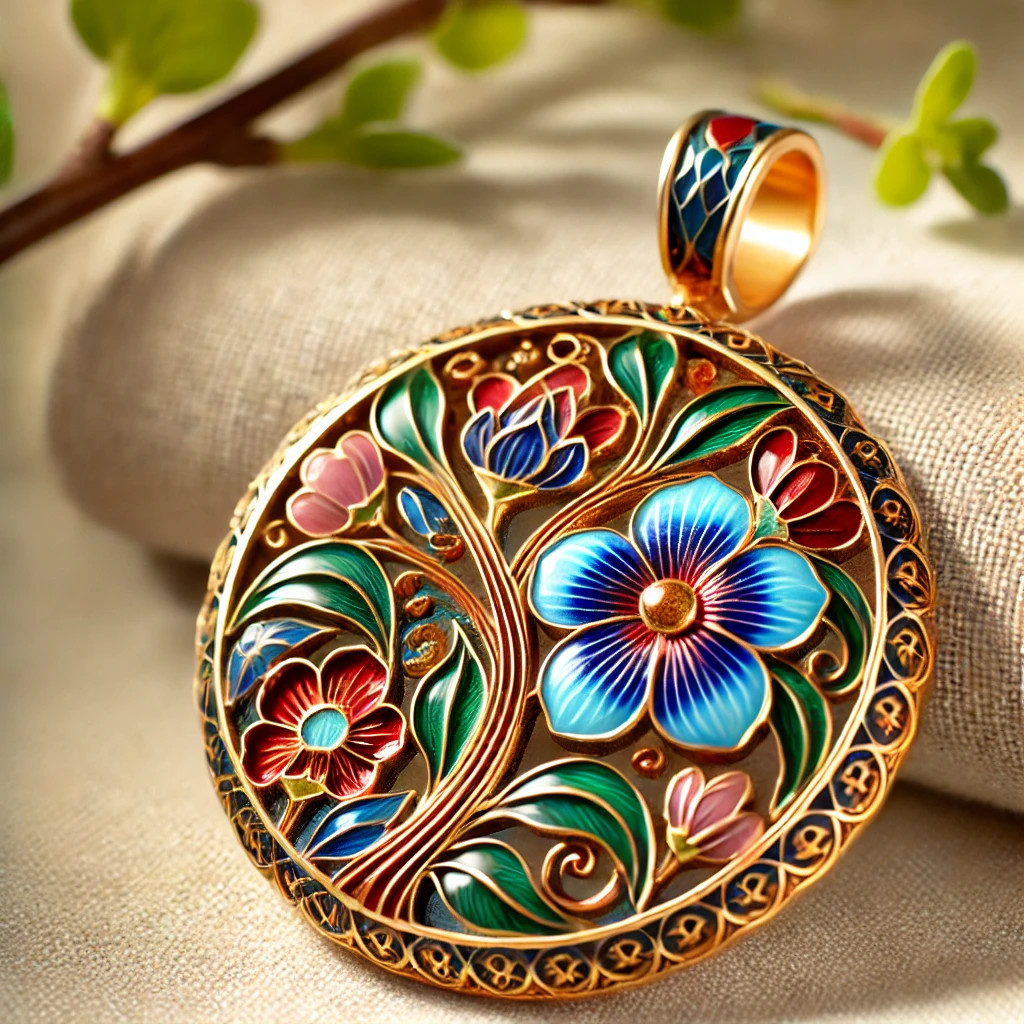

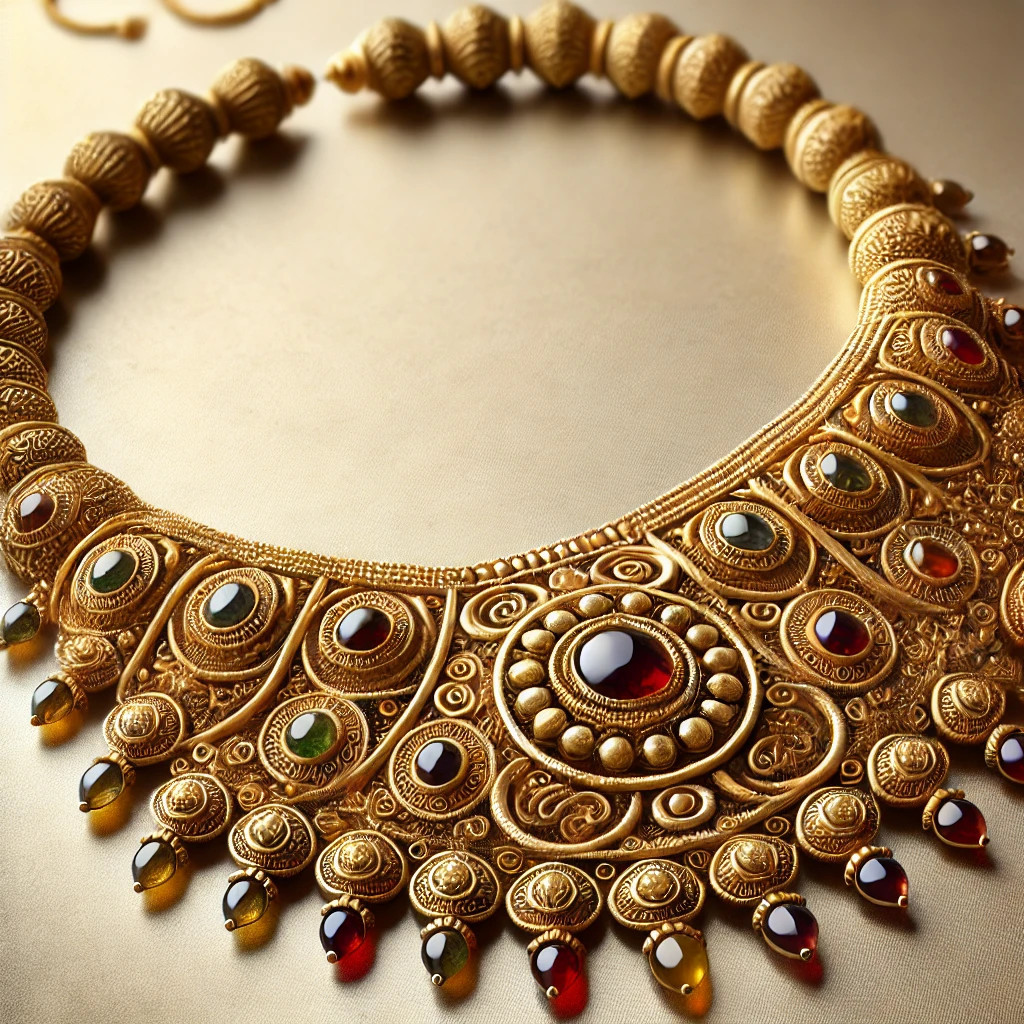
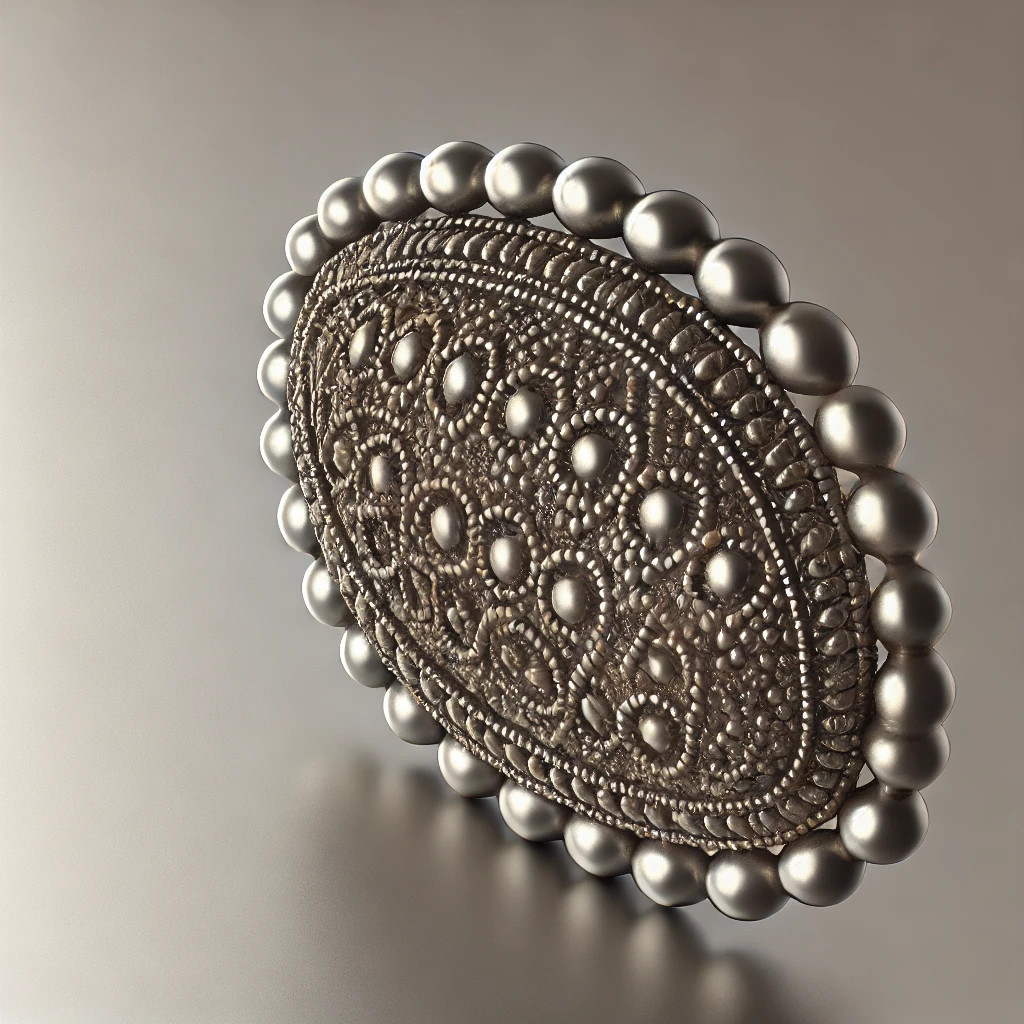

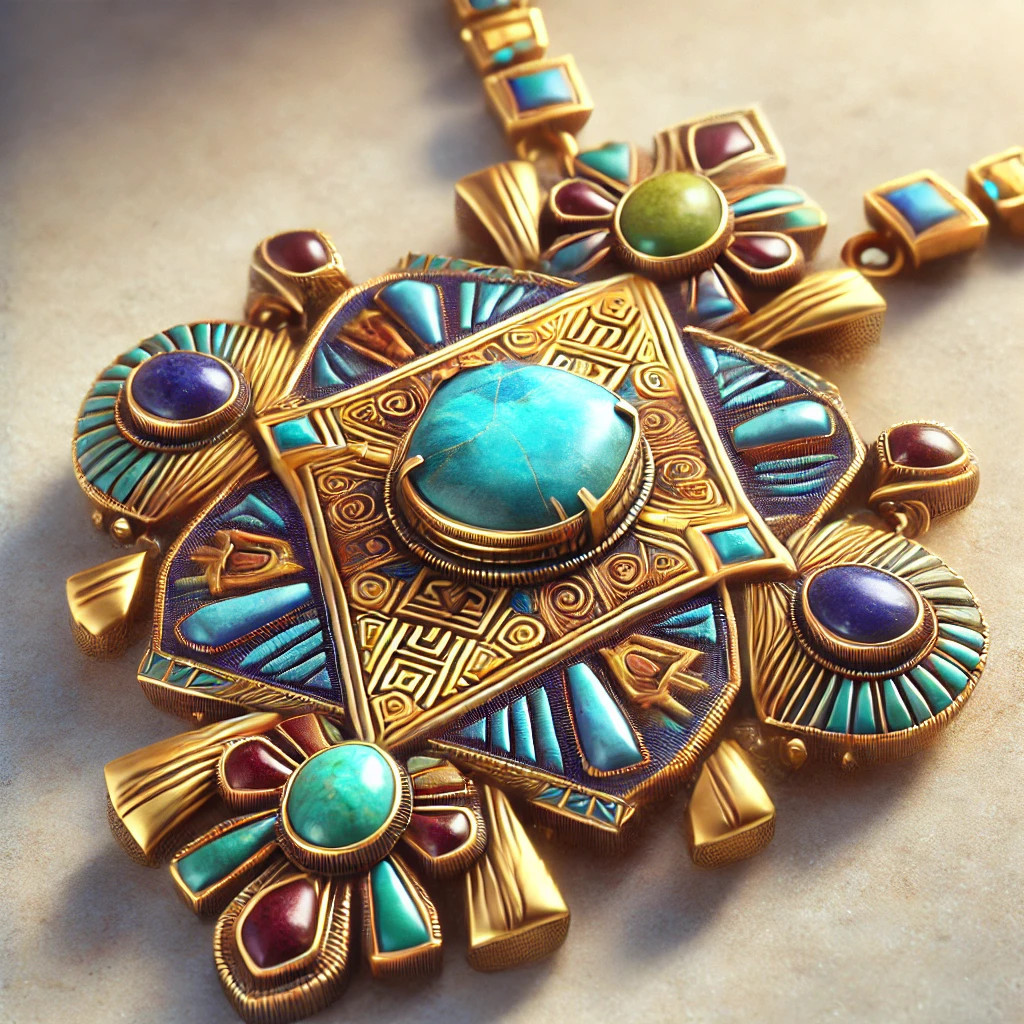

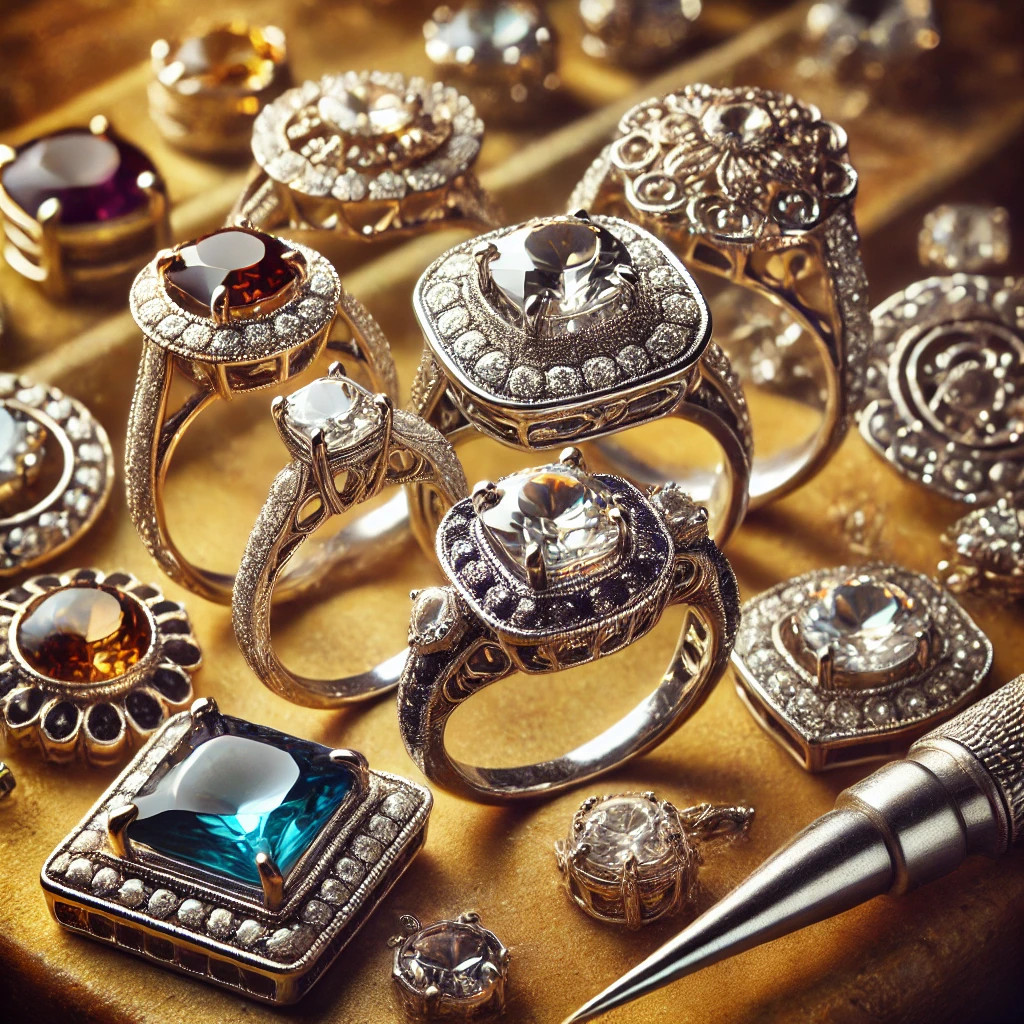
Leave a comment